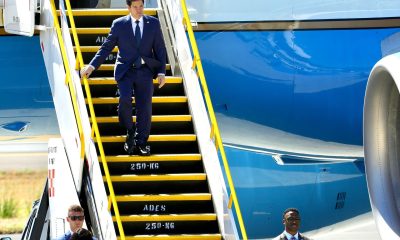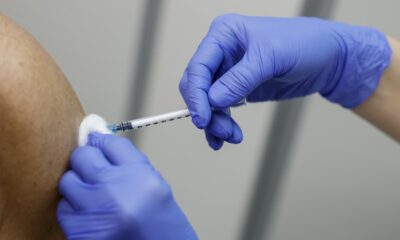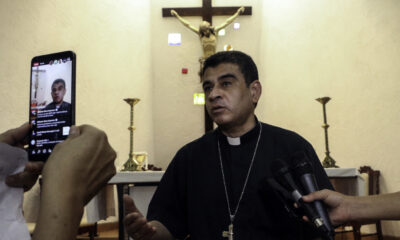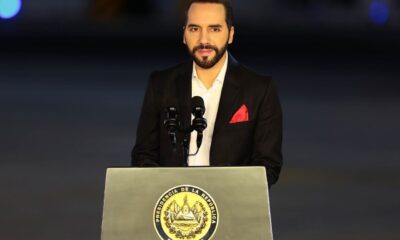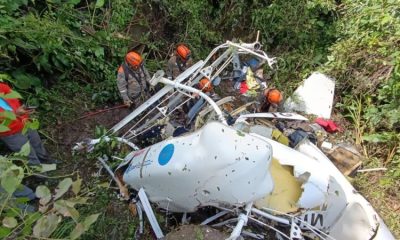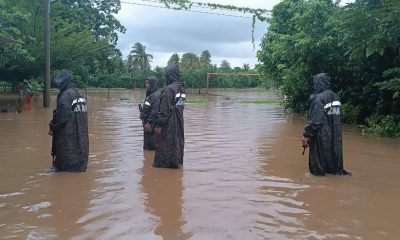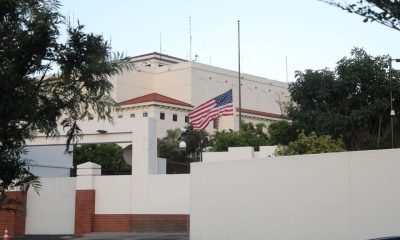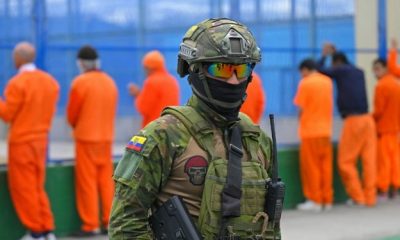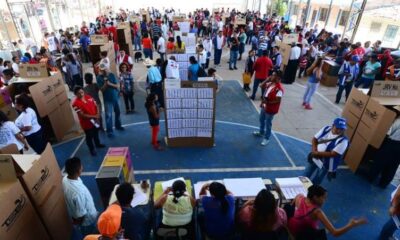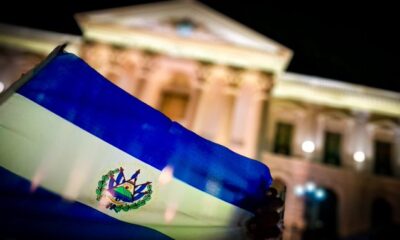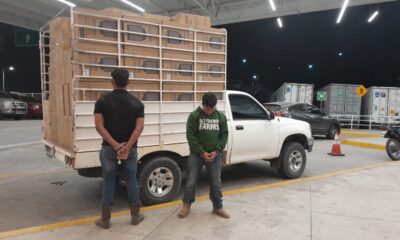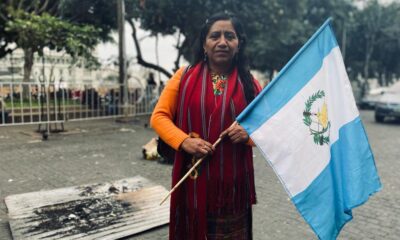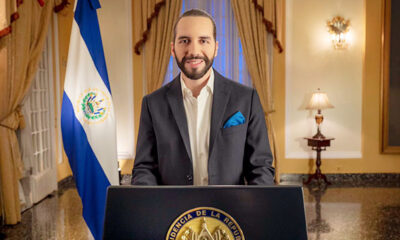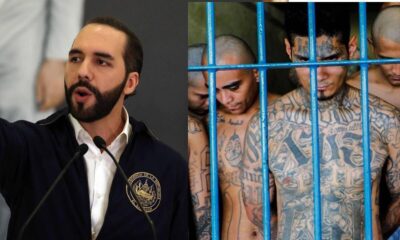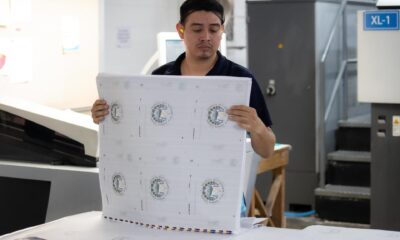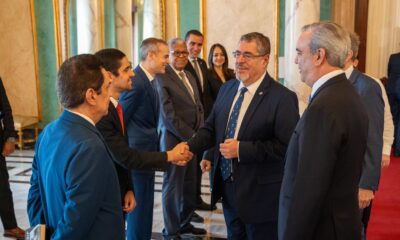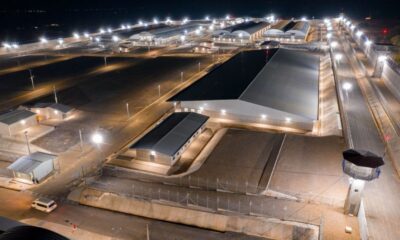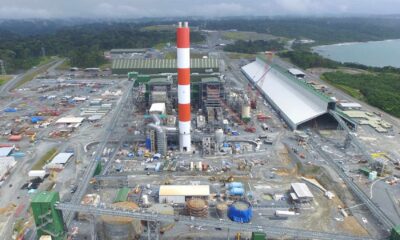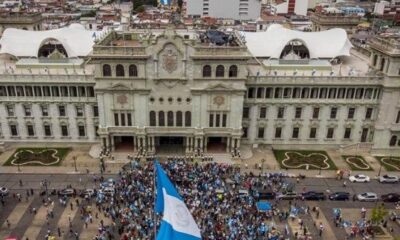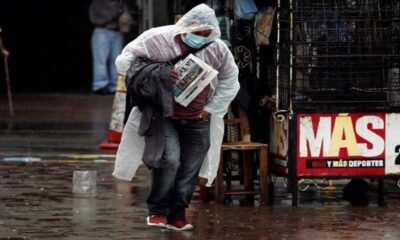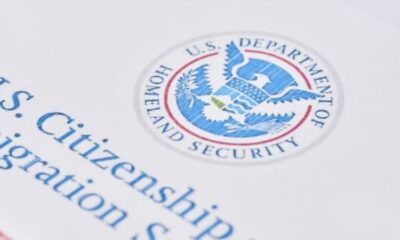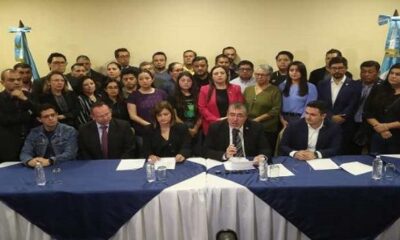Central America
Early childhood is a high priority for the Salvadoran government in the area of education
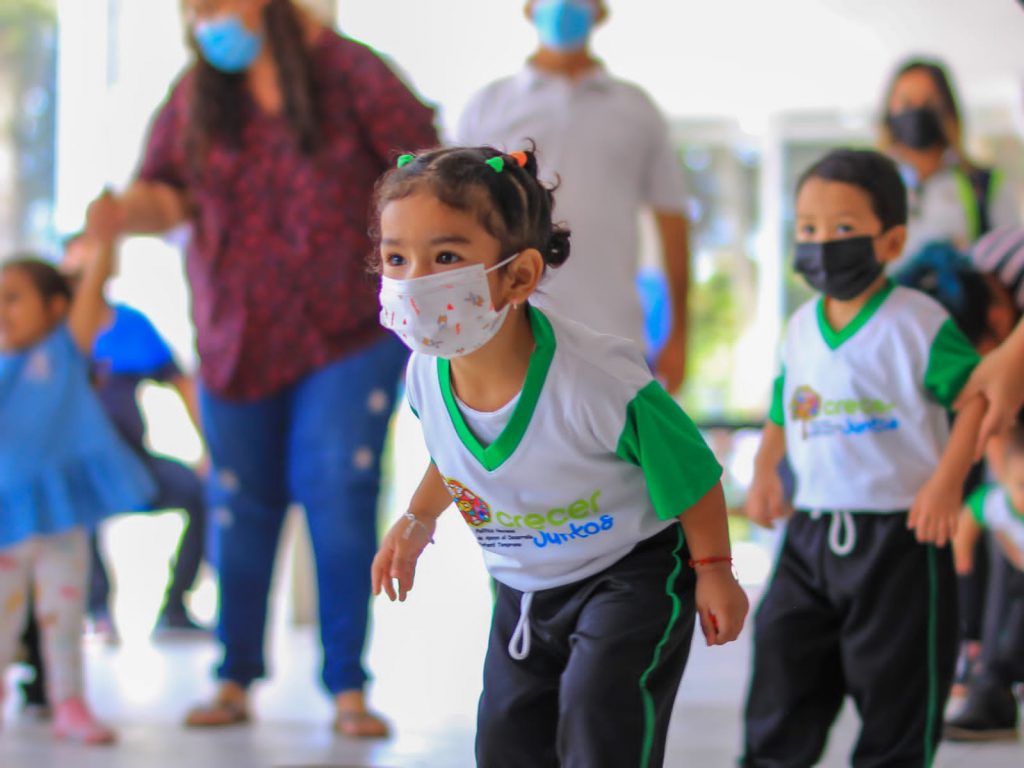
October 3 |
The public investment contemplated in the draft General State Budget for 2024 amounts to $1,790.5 million, and includes a strong commitment to the education system in general, and specifically, to the protection and comprehensive care of early childhood and adolescence, according to figures presented by the Ministry of Finance.
As part of the emblematic projects in public investment, the Government of President Nayib Bukele will allocate $245 million for the early childhood programs Crecer y Aprender Juntos, and Nacer, Aprender y Crecer, which will be executed by the Ministries of Education and Health.
All the early childhood work has been led by the First Lady of the Republic, Gabriela de Bukele, with the support of public institutions, with the purpose of settling the historical debts left by the ARENA and FMLN parties, which governed for 30 years.
As part of the work in early childhood, the first lady met last week at the Presidential House with Afshan Khan, United Nations undersecretary and coordinator of the Global Movement for the Promotion of Nutrition, to whom she presented the work of the Government of President Nayib Bukele in favor of this segment of the population.
At the end of the meeting, Khan highlighted the work done by the Government and the First Lady for early childhood and remarked that El Salvador is one of the few countries that invest in this area. “The program of the First Lady, Gabriela de Bukele, is one of the best child development programs I have ever seen,” said the UN official during her visit.
As part of the strategic bet, next year’s state budget also allocates $140 million for the educational reform Mi Nueva Escuela, in addition to $16 million for the improvement of educational environments and $75 million for the program Creciendo Saludables Juntos, whose main objective is the integral development of early childhood.
The educational reform Mi Nueva Escuela, announced by the President of the Republic in September 2022, is part of the government’s strategy to transform the public education system that was abandoned by previous governments. The change of school curricula and textbooks, as well as the incorporation of technology and the construction and reconstruction of educational spaces, nutrition and health are part of the axes of this reform.
The sociologist and teacher Mauricio Rodríguez considers that the Ministry of Finance has presented a “balanced” state budget project, with “strategic investment lines” to solve the needs in each of the social areas, including education in the public sector.
“In the area of education there is a strong component with respect to what we know as early childhood”, said the analyst, and recalled that, together with the investment component, the Government is already implementing the Nacer con Cariño Law and the Crecer Juntos (Grow Together) Law. Both regulations were proposed by the Executive and approved by the Legislative Assembly.
“It makes sense that the general State budget be oriented more towards these areas, to lay the foundations for a country with people of a different type of preparation. What previous governments did was to strengthen the intermediate levels [of the educational system] and forgot about the base [early childhood],” the teacher stated.
In public investment, the budget also allocates $69 million for the integrated health program, to continue improving care at all levels of the public system; and $257 million for the purchase of medicines, medical supplies and vaccines.
Also, $138 million was budgeted for the execution of municipal infrastructure works through the National Directorate of Municipal Works (DOM) and $182 million for the Los Chorros highway viaduct and widening project. ANDA will also receive $26.7 million to execute the water sector resiliency program in prioritized areas.
Central America
Panama seizes over three tons of drugs hidden in Caribbean port container
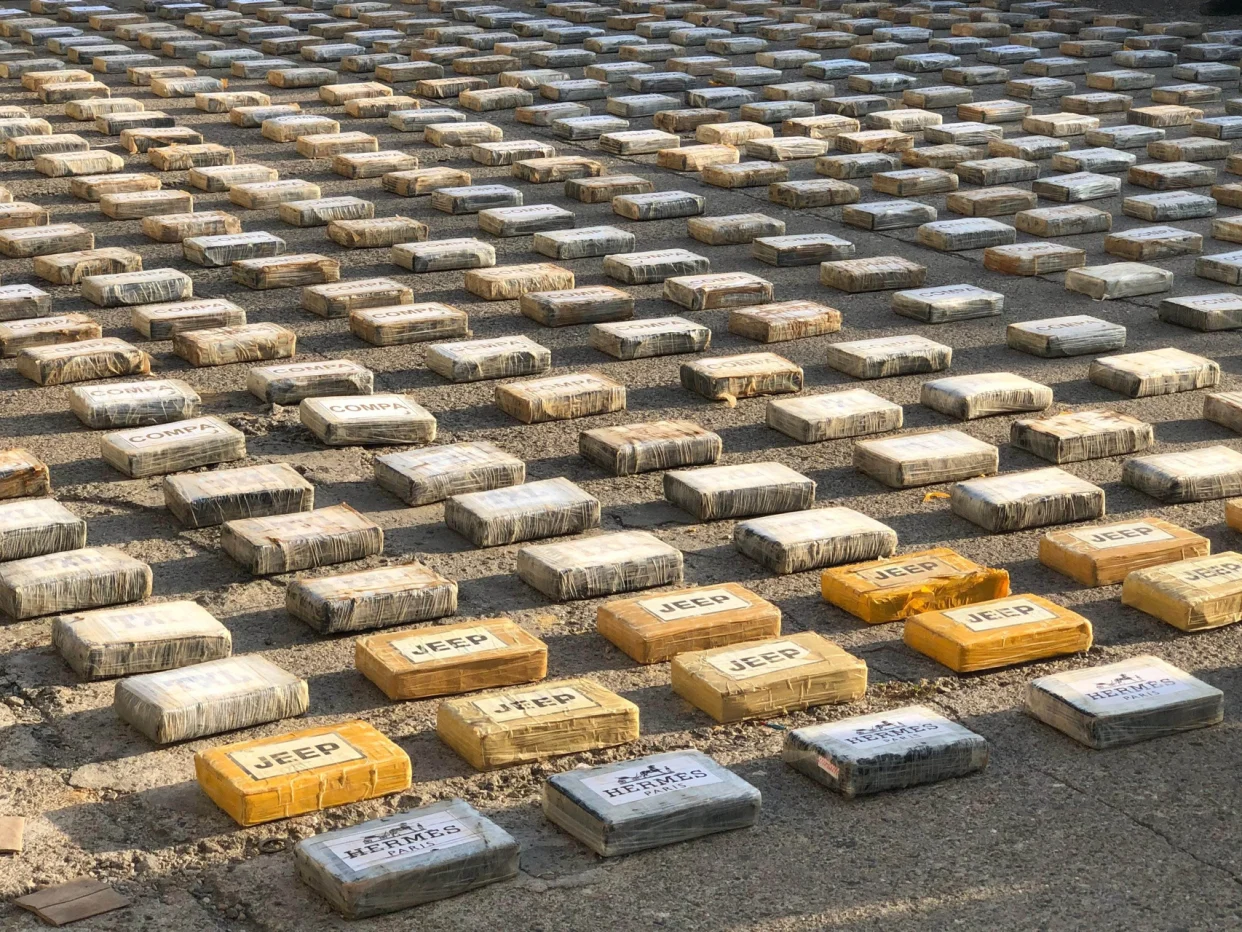
Panama’s National Air and Naval Service (Senan) reported on Sunday the seizure of more than three metric tons of drugs that were concealed inside a shipping container at a port terminal on the country’s Caribbean coast.
According to a statement posted on X, Panamanian aeronaval authorities confirmed the confiscation of 3,205 packages of a suspected illicit substance hidden inside a container in transit through Panama, at a port facility in the Caribbean province of Colón. Each package typically weighs approximately one kilogram.
Earlier this week, Senan agents also seized an additional 2.2 metric tons of drugs and arrested five individuals, including a Colombian national, in separate operations linked to drug trafficking activities.
Panama serves as a major transit route for drugs produced in South America and destined mainly for the United States — the world’s largest consumer of cocaine — and Europe. According to official figures, Panamanian authorities seized approximately 80 metric tons of illicit substances in 2024.
Central America
Honduras election crisis deepens as CNE president denounces intimidation attempts
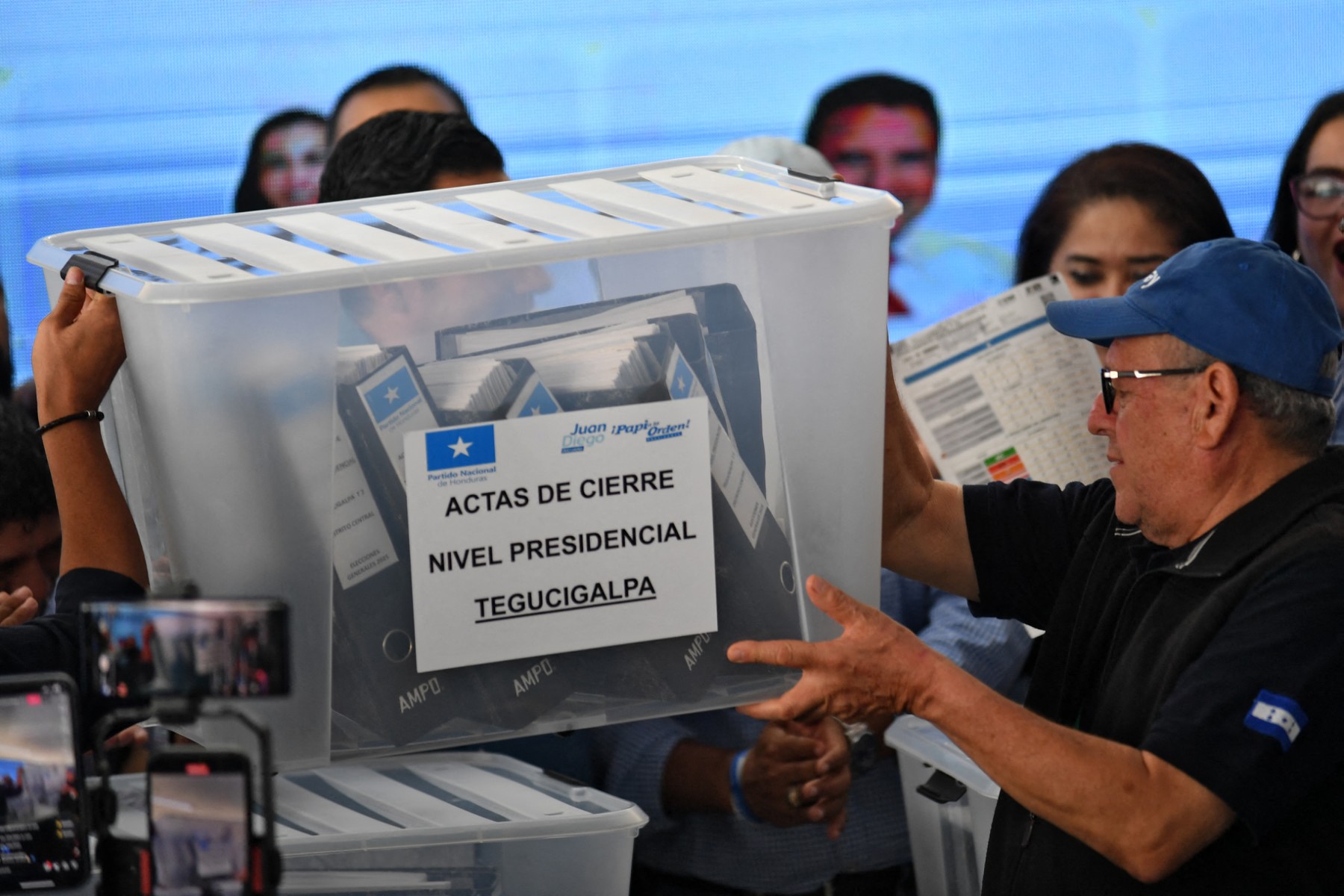
Tegucigalpa remains engulfed in a deep post-electoral crisis, marked by the absence of final results from the general elections held on November 30. On Thursday, the presiding counselor of the National Electoral Council (CNE), Ana Paola Hall, publicly denounced acts of intimidation that she warned could jeopardize the final phase of the process.
Following a meeting with the G-16+ diplomatic corps, Hall expressed concern over two specific incidents: a call by former president Manuel Zelaya summoning supporters of the Libre Party to gather outside the INFOP facilities—where electoral records and materials are being safeguarded—and a statement issued by the Permanent Commission of Congress accusing her and counselor Cossette López of alleged electoral crimes, an action she described as “baseless and outside their jurisdiction.”
Hall reaffirmed her institutional commitment and warned that she will not allow interference in the announcement of the results. “Honduras comes first,” she emphasized, underscoring her intention to defend the electoral process as a cornerstone of democracy.
Meanwhile, the preliminary results place Nasry ‘Tito’ Asfura, candidate of the National Party, in the lead with 40.52%of the vote, followed closely by Salvador Nasralla of the Liberal Party, with 39.48%. The ruling party’s candidate, Rixi Moncada of Libre, is in third place with 19.29%. Around 0.6% of the tally sheets—many of them showing inconsistencies—have yet to be reviewed.
The Organization of American States (OAS) called an extraordinary session of its Permanent Council to analyze the situation, while civil organizations and governments such as Paraguay’s urged respect for the popular will.
Honduran President Xiomara Castro accused the United States, and specifically former president Donald Trump, of obstructing the process, while also denouncing threats from gangs against voters aligned with her party.
Central America
OAS and EU urge honduran political actors to respect vote results and avoid unrest

The Electoral Observation Missions of the Organization of American States (OAS/EOM) and the European Union (EU EOM) issued an urgent call on Wednesday urging political actors in Honduras to respect the will expressed at the polls on November 30 and to refrain from inciting public disorder while the vote count is being finalized.
Both missions called on candidates, political parties, and authorities to act responsibly and maintain “active vigilance” over the vote-counting process.
So far, the National Electoral Council (CNE) has processed 99.4% of the tally sheets, but 2,773 still show inconsistencies, representing more than 500,000 unverified votes. The electoral body has not set a date for the special review, though it could begin later this week.
“The OAS/EOM reminds that electoral authorities are the only ones empowered to validate the results and reiterates its rejection of any call to disrupt public order,” the mission said in an official statement.
-
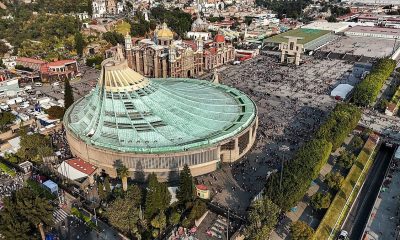
 International5 days ago
International5 days agoMexico City prepares for 13 million pilgrims at Basilica of Guadalupe
-

 International4 days ago
International4 days agoWashington declares State of Emergency as atmospheric river brings severe flooding
-

 International4 days ago
International4 days agoU.S. to require five-year social media history from tourists under Visa Waiver Program
-

 Central America5 days ago
Central America5 days agoHonduras’ electoral chief reports ongoing technical issues but says results remain intact
-
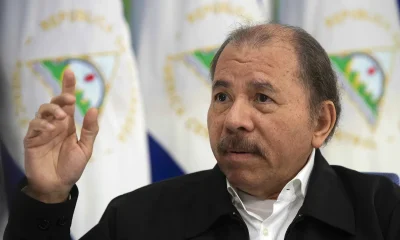
 Central America5 days ago
Central America5 days agoU.S. accuses Ortega regime of systematic human rights abuses in Nicaragua
-

 Central America5 days ago
Central America5 days agoU.S. finds no evidence of fraud in Honduras election despite delays
-

 International3 days ago
International3 days agoCuba battles out-of-control dengue and chikungunya epidemic as death toll rises to 44
-

 Central America4 days ago
Central America4 days agoOAS and EU urge honduran political actors to respect vote results and avoid unrest
-

 Central America3 days ago
Central America3 days agoHonduras election crisis deepens as CNE president denounces intimidation attempts
-
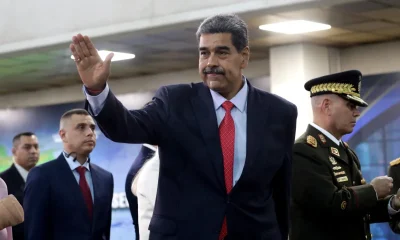
 International3 days ago
International3 days agoColombia says it would not reject Maduro asylum request as regional tensions escalate
-

 International1 day ago
International1 day agoSeveral people shot in attack on Brown University campus
-
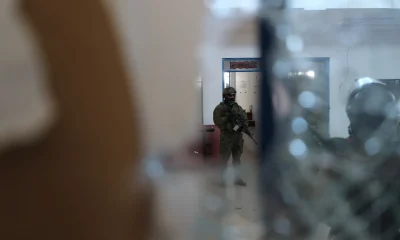
 International3 days ago
International3 days agoEcuador on track for record violence as homicides hit highest level in Latin America again
-
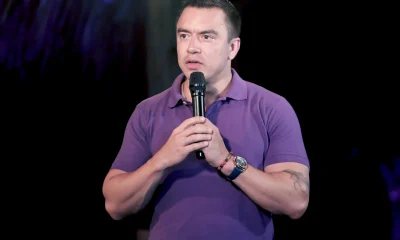
 International4 days ago
International4 days agoSix ecuadorian soldiers jailed pending trial for alleged extrajudicial execution
-
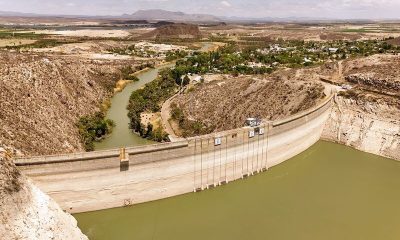
 International1 day ago
International1 day agoU.S. and Mexico Reach Deal to Address Water Deficit Under 1944 Treaty
-
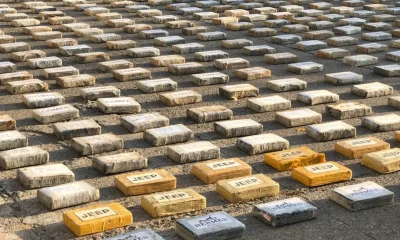
 Central America1 hour ago
Central America1 hour agoPanama seizes over three tons of drugs hidden in Caribbean port container

























